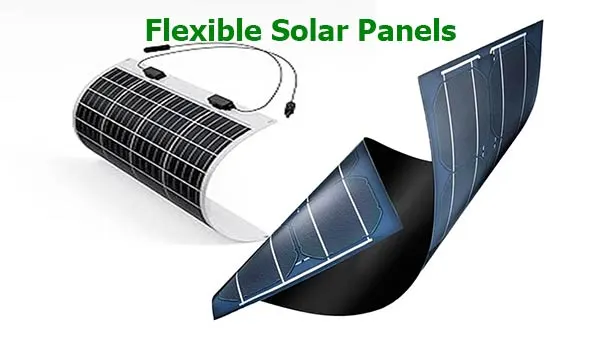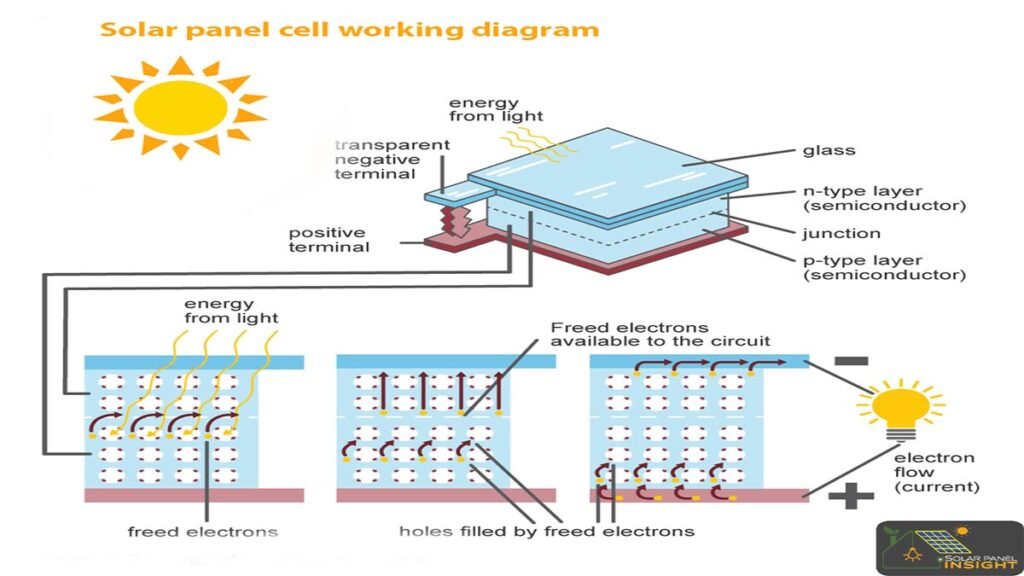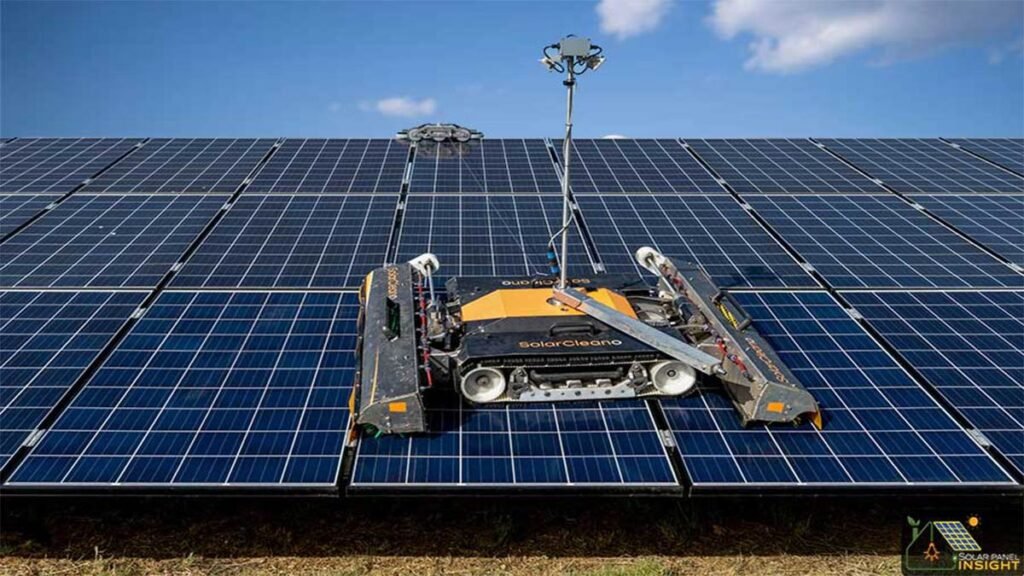Concerns about climate change and the ever-increasing need for electricity due to variables like a continually growing human population make it imperative to move away from conventional energy production methods. The burning of fossil fuels increases atmospheric carbon dioxide levels, which in turn contributes to the persistence of climate change. Using renewable energy sources has less of an effect on the environment than using energy from fossil fuels. Modern technology has allowed us to harness the sun’s rays and convert them into usable electricity.
Over the years, scientists have been working hard to find better ways to use solar power. Government incentives for large-scale projects, like as photovoltaic (PV) power generating or solar thermal collector water heating, are a driving factor in this. The industry is continuously innovating to stay up with the newest technical trends and offer customers the most dependable technological solutions for efficiently and affordably harvesting solar energy. Recent years have seen tremendous progress in solar cell technology, leading to significant enhancements in efficiency, energy storage, and design technology. Following are the key advancements in solar energy technology.
Advancements in solar energy
Solar energy is an efficient and eco-friendly source of energy. Solar technology is tremendously growing day by day. Important advancements in the solar technology are:
i. Enhanced efficiency
In terms of solar cell technology, the dramatic improvement in efficiency is among the most noteworthy developments. There has been a remarkable increase in the rate of solar energy conversion to electric current, going from 24.4% to 31.6%. With these incredible advancements, solar energy production might be radically changed, opening the door for its broad adoption in homes around the globe.
Creating solar panels with a higher efficiency rating is one of the biggest steps forward for solar energy. Newer, more efficient solar panels, such as monocrystalline and bifacial panels, have replaced older, less efficient panels made of silicon. These panels are a popular choice for both commercial and residential installations because to their increased efficiency, sleeker appearance, and greater longevity.
ii. Enhanced energy storage
New developments in solar technology have resulted in considerable enhancements to energy storage capacities, which has been a major obstacle for solar energy. Solar power systems are becoming more dependable as a result of these advancements in solar energy storage, which make it more efficient, dependable, and affordable.
iii. Improved durability
Recent technical innovations have been implemented to upgrade the durability and longevity of solar cells. These advancements enable the installation of solar panels to be more efficient, allowing for the extraction and utilization of a larger portion of the sun’s rays. As a result, there is an increase in energy generation. The enhancement in durability indicates a significant advancement from prior versions.
iv. Solar-Powered Construction material
Solar technology has progressed beyond the days of conventional panels. Solar roof tiles and solar windows are two examples of innovative building materials that incorporate solar cells into them in a seamless way, transforming buildings into assets that generate energy. These innovations provide a long-term answer for new building projects in cities where population density is increasing.
v. Solar panels equipped with sun-tracking features
One of the most recent developments in solar energy technology is solar panels that can track the sun’s movement across the sky. In order to maximize efficiency and energy production, these panels may move independently throughout the day to follow the sun’s path from east to west.
vi. Flexible solar panels
Scientists have effectively created altered silicon photovoltaic (PV) modules with thinner and more pliable membranes, increasing the available space for potential solar energy capture. This breakthrough allows solar cells to be printed onto flexible surfaces, improving their adaptability and ease of installation.
To summarize, the solar cell technology sector is undergoing tremendous development, which is facilitating a more eco-friendly and brighter future. The solar business is known for its rapid innovation, and the advancement in solar technology depends on keeping ahead of the most recent scientific advancements. Through ongoing study and advancement, solar energy has the capacity to emerge as a predominant and widely adopted energy source for both residential and commercial purposes.

vii. Bifacial solar panels
Bifacial solar panels are becoming more popular due to their capacity to greatly increase energy production by absorbing sunlight from both the front and back of the panel. Bifacial solar panels are able to absorb more reflected light, which increases their power generation by up to 20% compared to conventional panels. Bifacial panels work wonderfully in areas where a lot of light bounces from the ground, like snowy or sandy places, because of their high transparency. In line with the industry-wide objective of enhancing the efficiency and effectiveness of solar installations, solar technology is gaining popularity among different manufacturers.
viii. Integration of Smart Grid Technology and Artificial Intelligence
Artificial intelligence (AI) combined with smart grid technology is transforming the process of generating, storing, and distributing solar energy. AI-powered algorithms improve the efficacy of solar panels, while smart grids facilitate smooth communication among renewable energy sources, storage devices, and the grid. This results in a more efficient and dependable energy supply. Advancement in solar energy is becoming increasingly attractive to households and companies as a result of advancements in artificial intelligence and smart grid technology, which increase grid dependability and efficiency while decreasing energy waste.
Future of solar energy
Solar power appears to have an exciting and promising future as we approach the year 2024. When compared to other renewable energy sources, solar power has several advantages, including being readily available, affordable, easy to use, having a large capacity, and efficient. As a result, it is considered one of the top choices for meeting future energy demand.
The outcome represents an initial research milestone that may one day lead to the creation of solar energy technologies that are significantly more efficient than what is currently achievable. In addition to utilizing solar energy, the transition to a solar-powered future entails adopting a greener, more eco-friendly lifestyle. Making the most of solar energy for people, companies, and communities requires us to keep up with the newest developments and trends as we go through this revolutionary time. The sun will power a brilliant future.
A collective leap in the utilization and harnessing of solar electricity, together with gradual advancements, can define the future of solar energy in 2024 and beyond. Efficiency, integration, and smart solar solutions are becoming more popular, and new developments are demonstrating a greater industry-wide dedication to changing how we see renewable energy. This energy source will be more commonplace, efficient, and accessible in the future as a result of converging trends and technologies. Solar energy technology is entering a new and exciting phase of its evolution, and many industry participants are working together to make this dream a reality: a world powered by sustainable and renewable energy.


